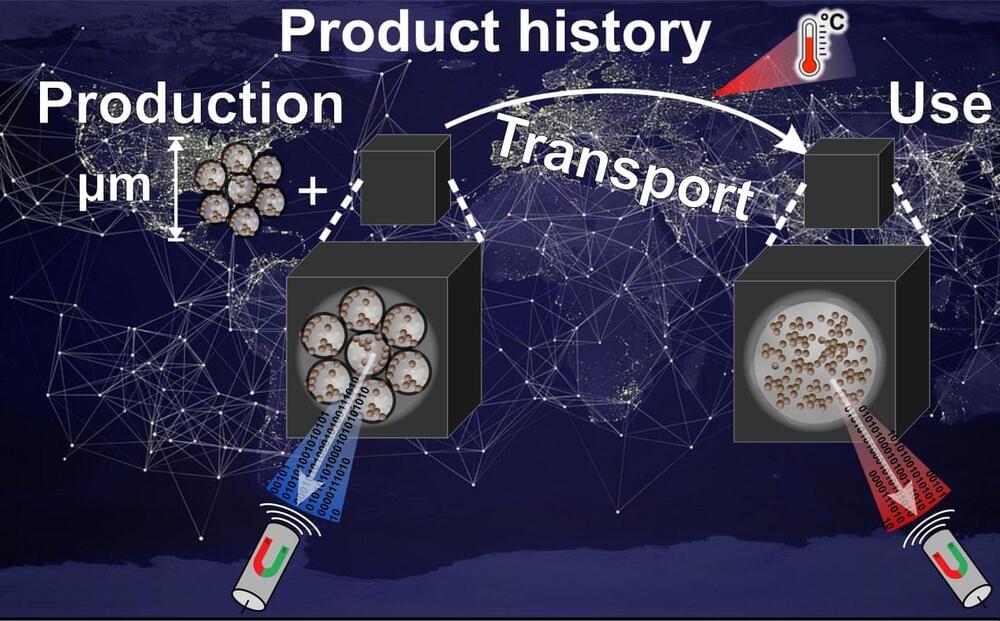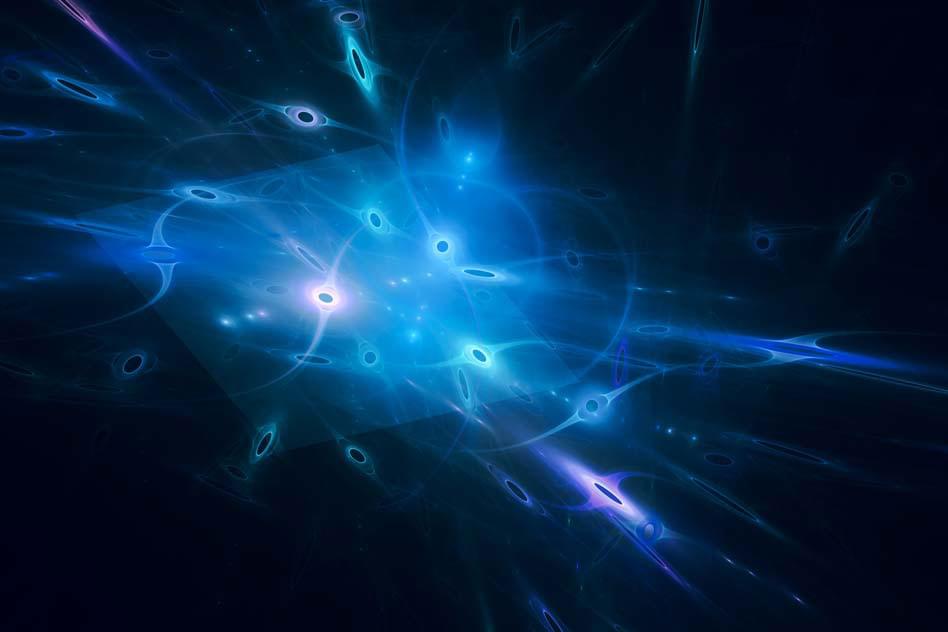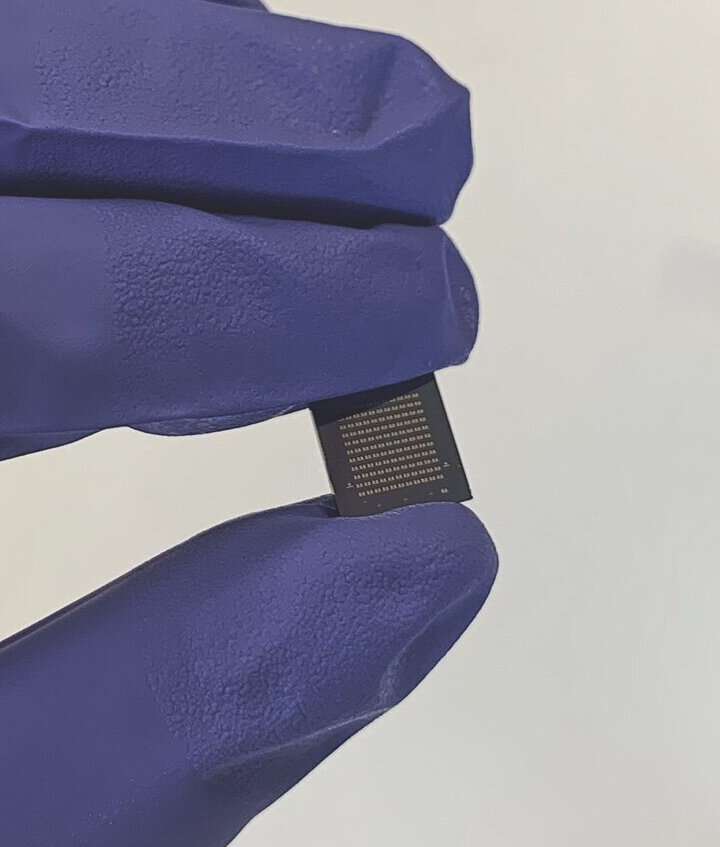The right temperature ensures the success of technical processes, the quality of food and medicines, or affects the lifetime of electronic components and batteries. Temperature indicators enable to detect (un)desired temperature exposures and irreversibly record them by changing their signal for a readout at any later time.
Of particular interest are small-sized temperature indicators that can be easily integrated into any arbitrary object and subsequently monitor the objects’ temperature history autonomously, i.e. without power supply. Accordingly, the indicators’ signal readout permits to verify successful bonding processes, to uncover temperature peaks in global supply chains, or to localize hot spots in electronic devices.
Prof. Dr. Karl Mandel (Professorship for Inorganic Chemistry) and his research group have succeeded in developing a new type of temperature indicator in the form of a micrometer-sized particle, which differs from previously established, mostly optical indicators mainly due to its innovative magnetic readout method. The results of the research work have now been published in the journal Advanced Materials (“Recording Temperature with Magnetic Supraparticles”).






